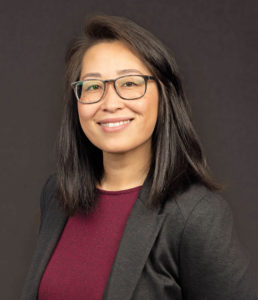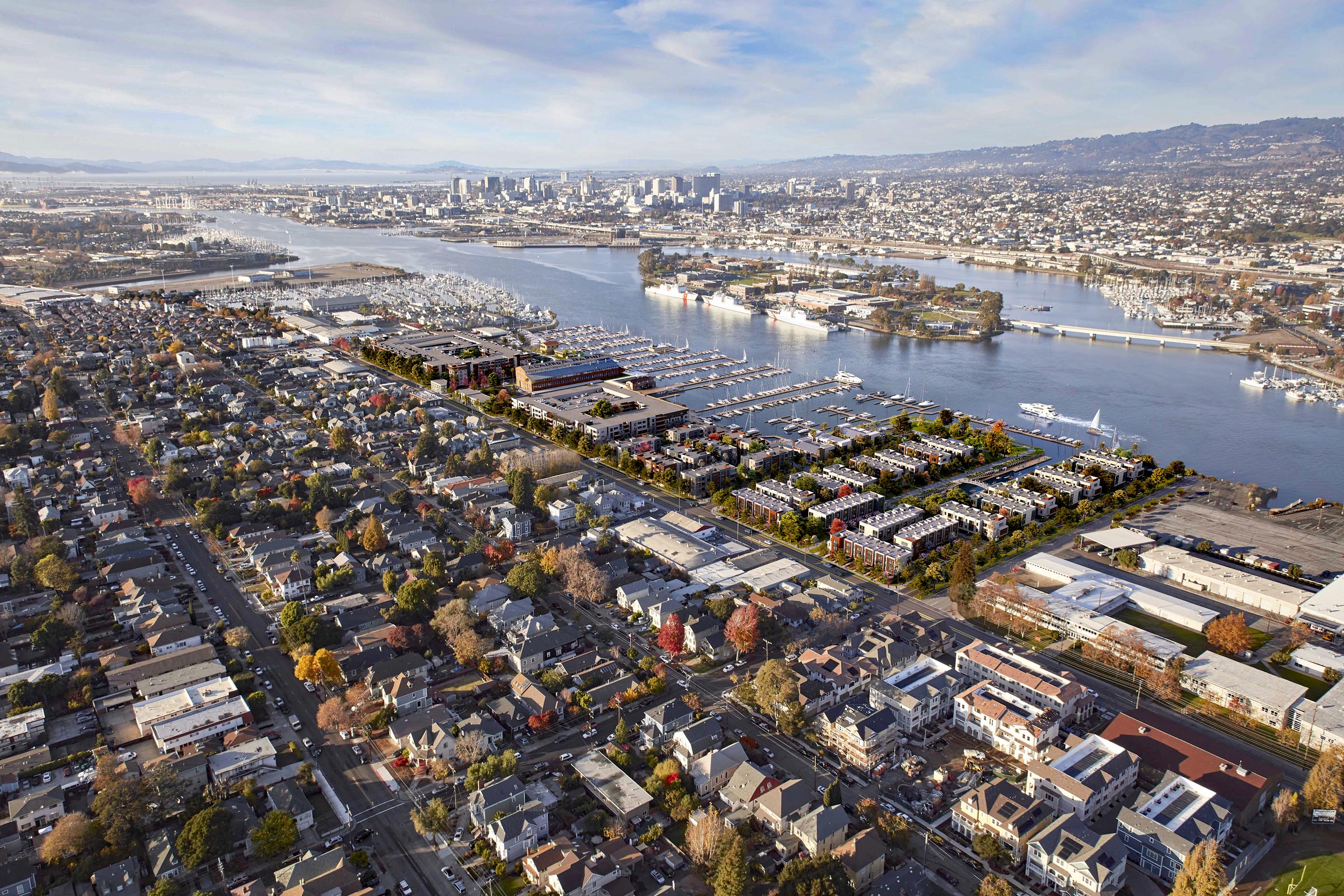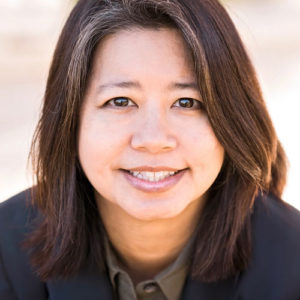Interview by Catarina Kidd, AICP
Cindy Ma, AICP, is Director of Planning at KTGY Architecture + Planning in Oakland. She is also Planning Diversity Co-director for APA California-Northern Section, a position she’s held since 2012.
Q. What was your path to planning?
I studied architecture at UC Berkeley (BA, architecture) with an emphasis on social design. After graduation, I worked on residential, mixed-use, and transit-oriented development projects, including the initial studies for the MacArthur BART station. This multidisciplinary work emphasized key planning skills and sparked my interest in urban design and planning.
After two years, I went back to graduate school at Cal Poly, San Luis Obispo (MCRP). The faculty — a mix of academics and practicing professionals — offered diverse perspectives that helped me develop an interest in housing and transit-oriented development.
Who has had an impact on you professionally?
Walter Hood: his landscape architecture class at UC Berkeley really helped me understand how the built environment shaped me, as an Asian American growing up in the predominantly Latino neighborhood of Fruitvale in Oakland.
Tell us more about that.
My family came to California as Vietnam War refugees. There was, and still is, a huge ethnically Chinese Vietnamese contingent in Oakland. Our family, with cars limited, took the bus or walked everywhere. That experience of traveling via public transit and walking allowed me to become intimate with the built environment. I noticed how people brought old world traditions into public spaces both in our neighborhood and those we traveled through. You could sense who lived in a place based on Buddhas, altars, Virgin Marys, and crosses that were visible from the street — or the type of garden or the clothes hanging to dry, or the smell of food cooking.
In what ways does your cultural experience shape your views and work?
I deeply believe housing is a human right and that people should have the opportunity to create a home or space where they feel safe and can express themselves. This belief is the reason I do residential work. Spatial experience and awareness is also and always on my mind. My work can feel like a technical exercise when I’m reviewing building-to-street ratios or light and shadow, but spatial experience is key and is what I naturally think about when I walk around — how a space actually feels. For example, I like the way Oakland’s Chinatown feels because of the variety in building scale and the treatment of spaces at the human scale. Even where the buildings are tall, I don’t feel overwhelmed because of the vibrancy of life at the street level with the sidewalk vendors, crosswalk scrambles, and art — both formal and informal.
What key skills did you develop in your work?
I was an intern for the cities of Berkeley and Hayward, and my experiences there and in the private sector have sharpened my listening and critical-thinking skills, particularly when it comes to consensus building. I see consensus building as a process that helps to boil down the trade-offs and make it is possible for everyone to get some sort of win. It’s a way to make the best of decisions and reduce the impacts to any one group.
What is your current role?
For the last seven years, I have been part of the Community Planning Urban Design (CPUD) team at KTGY. I work in the Oakland office on all types of work, but focus mainly on land use, site planning, transit-oriented development, and mixed-use. We also collaborate with our Irvine and East Coast teams to create communities in new and old places. The work is a blend of planning and architecture in a multi-disciplinary environment, which is a good fit for me given my background in design and physical planning. While we, as planners, have a holistic view, there are also practical issues to manage, such as life safety, access, trash, and other “mundane” things on which designers and architects can help.

How do you stay inspired to solve the mundane but necessary things?
Many of us went into planning because you can be an agent for change in multiple ways. It all depends on your focus and interest. It could be political, emotional, technical, or all those things at the same time. That’s what makes it so exciting and keeps me going. I get inspired just being on the APA California Northern Section board, which reminds me and all of us on the board that we are in this to effect good. And I have colleagues in transportation, environment, parks, and other specialties from whose knowledge and experience I can draw. All of that helps keep me energized and less stressed.
Additionally, to stay inspired and balance the mundane, I dedicate time each Friday to see what is the latest and greatest at the local, state, and federal level. The Northern News roundup is great for reminding me of the larger issues and ideas beyond my current focus. And where I live and work really helps me balance the creative big picture elements with what’s mundane but necessary.

Interviewer Catarina Kidd, AICP, is senior development manager at FivePoint and a guest writer for Northern News. All interviews are edited.

